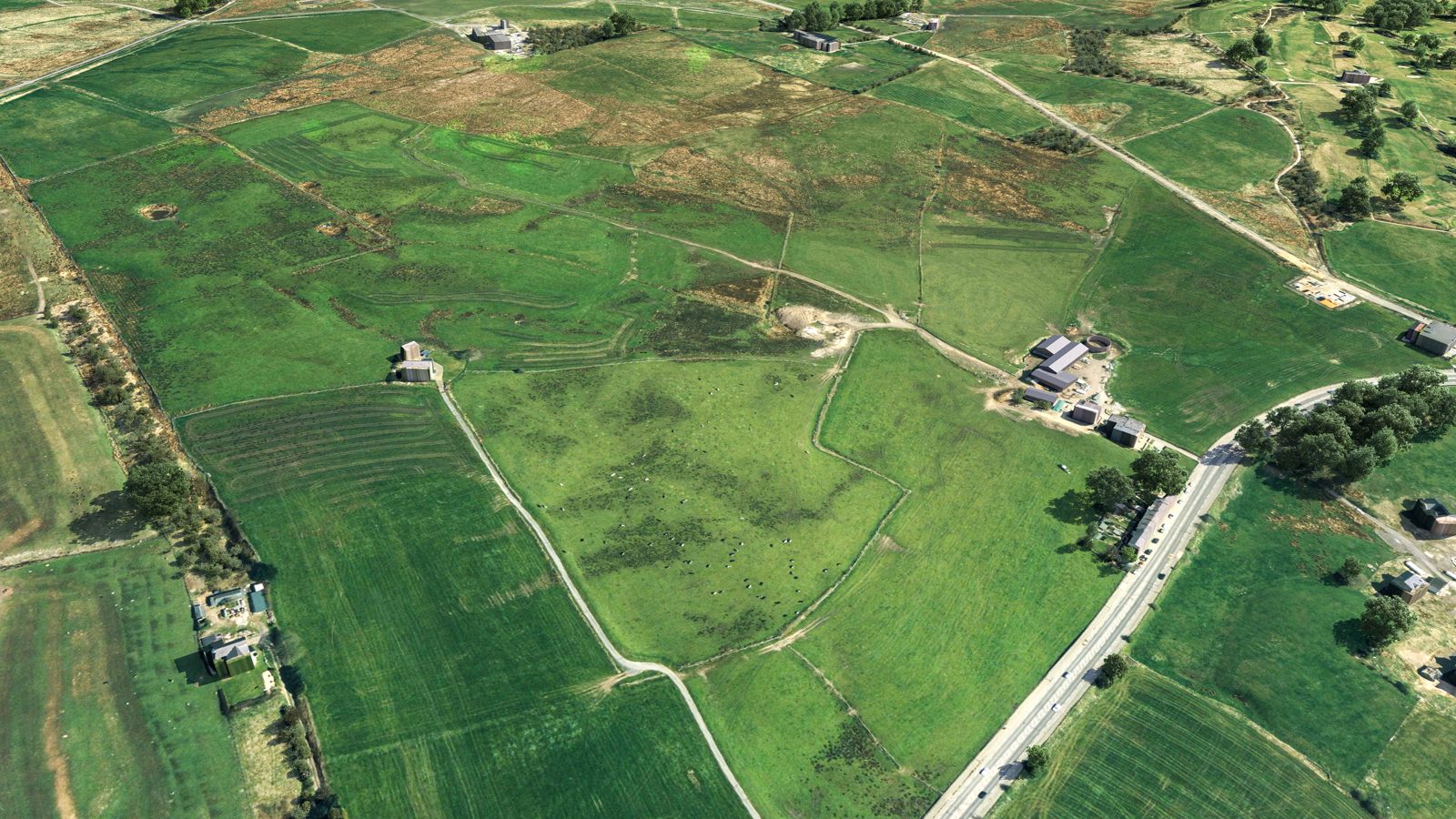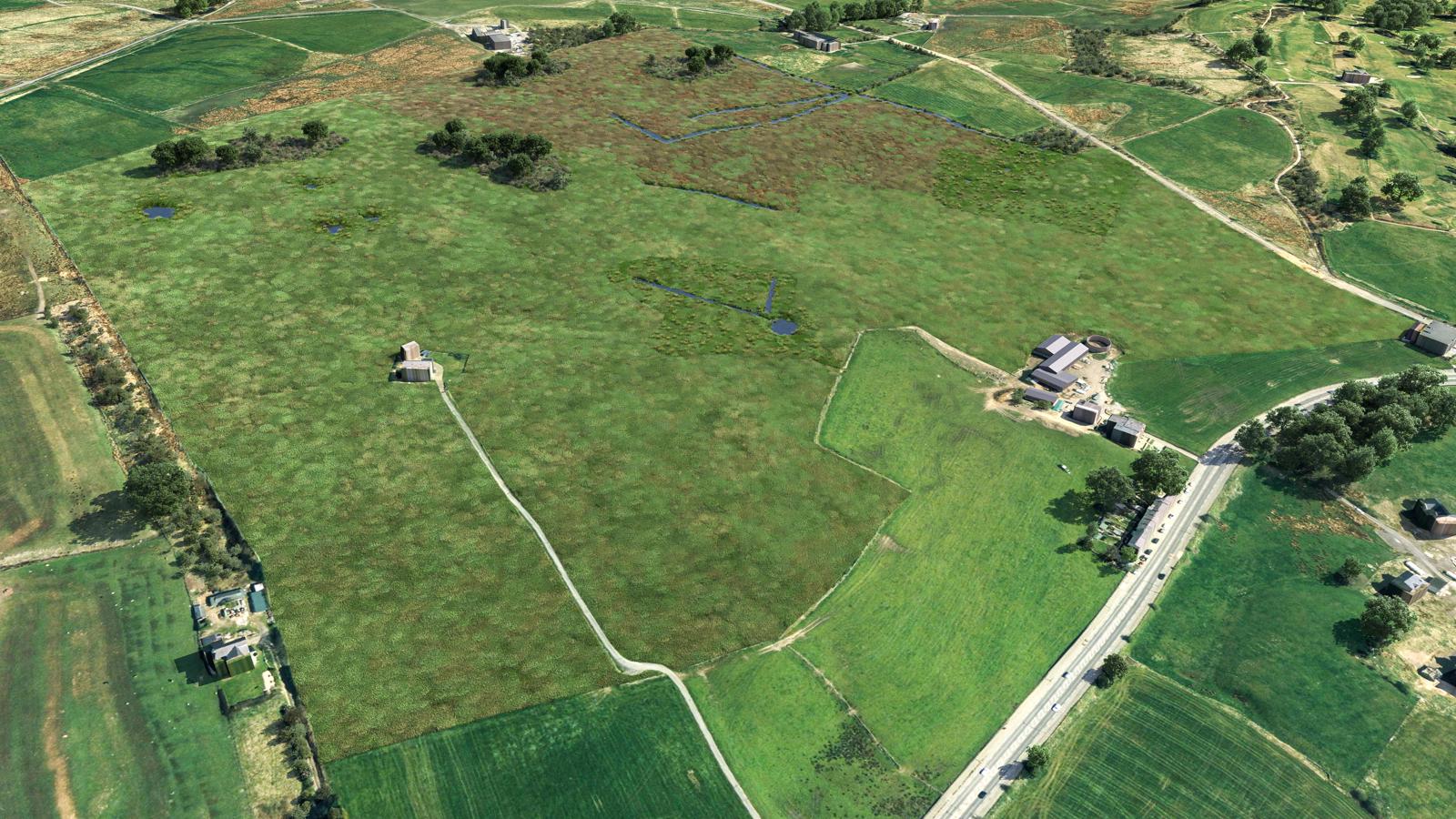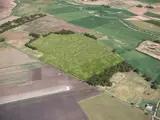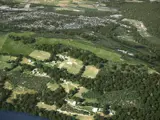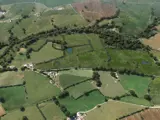Horwich Habitat Bank, Greater Manchester
Local planning authority (LPA): Bolton Metropolitan Borough Council
National Character Area (NCA): Southern Pennines
Biodiversity Units available:
Medium distinctiveness habitats
- Ditches
- Ponds (non-priority habitat)
- Other neutral grassland
- Other lowland acid grassland
At our Habitat Bank nestled between Horwich and Bolton – located less than 20 miles from Manchester city centre – we are establishing stunning new habitats across 49 hectares of low-yielding grade 4 pasture farmland, including neutral grassland, acid grassland, native mixed scrub, ponds, and ditches.
Following a thorough assessment of the site's vegetation, wildlife, geology, hydrology, soil chemistry, management history, and landscape connectivity, we determined the best possible habitats to establish and made sure these enhancements would be deliverable. We established an ecological baseline for the site using Defra’s biodiversity metric, so that we can clearly demonstrate biodiversity gains over time.
This assessment enables us to generate a range of high-integrity Biodiversity Unit habitat types that will ensure robust ecological outcomes. We also offer planning support to make sure our Biodiversity Units provide an effective local BNG delivery solution for developers within the Bolton Metropolitan Borough Council LPA area or Southern Pennines NCA. Our Units are ready to purchase now, subject to availability.
Adjacent LPAs for cross-boundary coverage:
- Chorley Council
- Salford City Council
- Bury Metropolitan Borough Council
- Wigan Metropolitan Borough Council
- Blackburn with Darwen Borough Council
Adjacent NCAs for cross-boundary coverage:
- Dark Peak
- Yorkshire Dales
- Lancashire Valleys
- Pennine Dales Fringe
- Lancashire Coal Measures
- Manchester Pennine Fringe
- Yorkshire Southern Pennine Fringe
- Nottinghamshire, Derbyshire and Yorkshire Coalfield
Our Horwich Habitat Bank provides a perfect steppingstone for nature between local moorland and the urban areas of Greater Manchester and West Lancashire. The site is located to the south of the West Pennine Moors, parts of which are notified as a Site of Special Scientific Interest (SSSI). It also has connectivity with other habitats nearby, including species-rich grasslands, ponds, and pockets of woodland and scrub.
We are working to enhance and manage the grasslands as species-rich meadows, with ponds and enhanced ditches within the naturally wetter depressions. As the Horwich Habitat Bank develops over the years, we eagerly anticipate native wildlife, such as curlew and great crested newt, returning to the area. Protected species already residing there will benefit from the habitat improvements, including lapwing, skylark, grasshopper warbler, common toad, and brown hare.
Environment Bank has funded a conservation grazing course so that the landowner can farm traditional native cattle breeds on the Habitat Bank. The herd will improve the quality of the landscape by sustainably grazing the grasslands and scrub. While the cattle are grazing for conservation purposes, they’re also being reared for meat production to enhance the landowner’s existing farm business.
We're also really pleased that the public will be able to access the site via existing footpaths, so that they can witness as the Habitat Bank continues to develop over the years.
Find out the cost and availability of Biodiversity Units from our Horwich Habitat Bank

